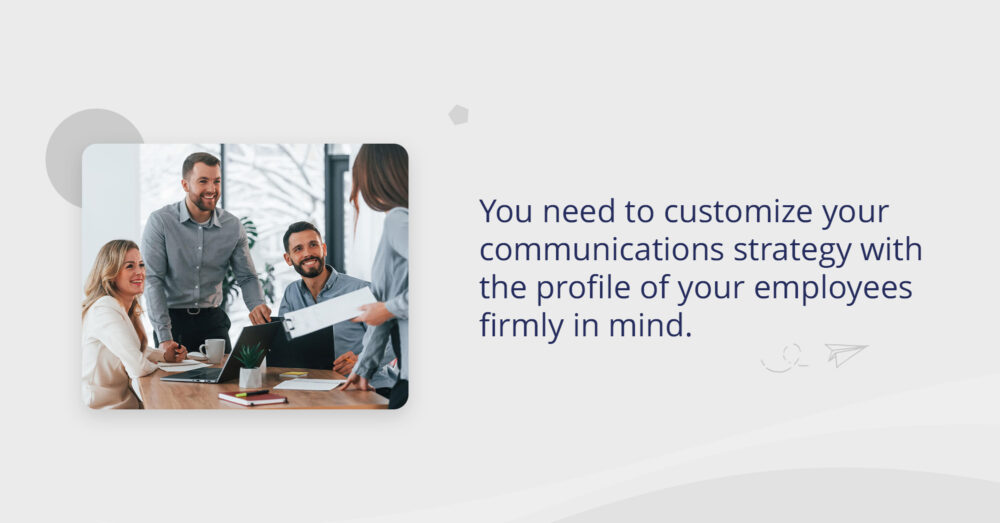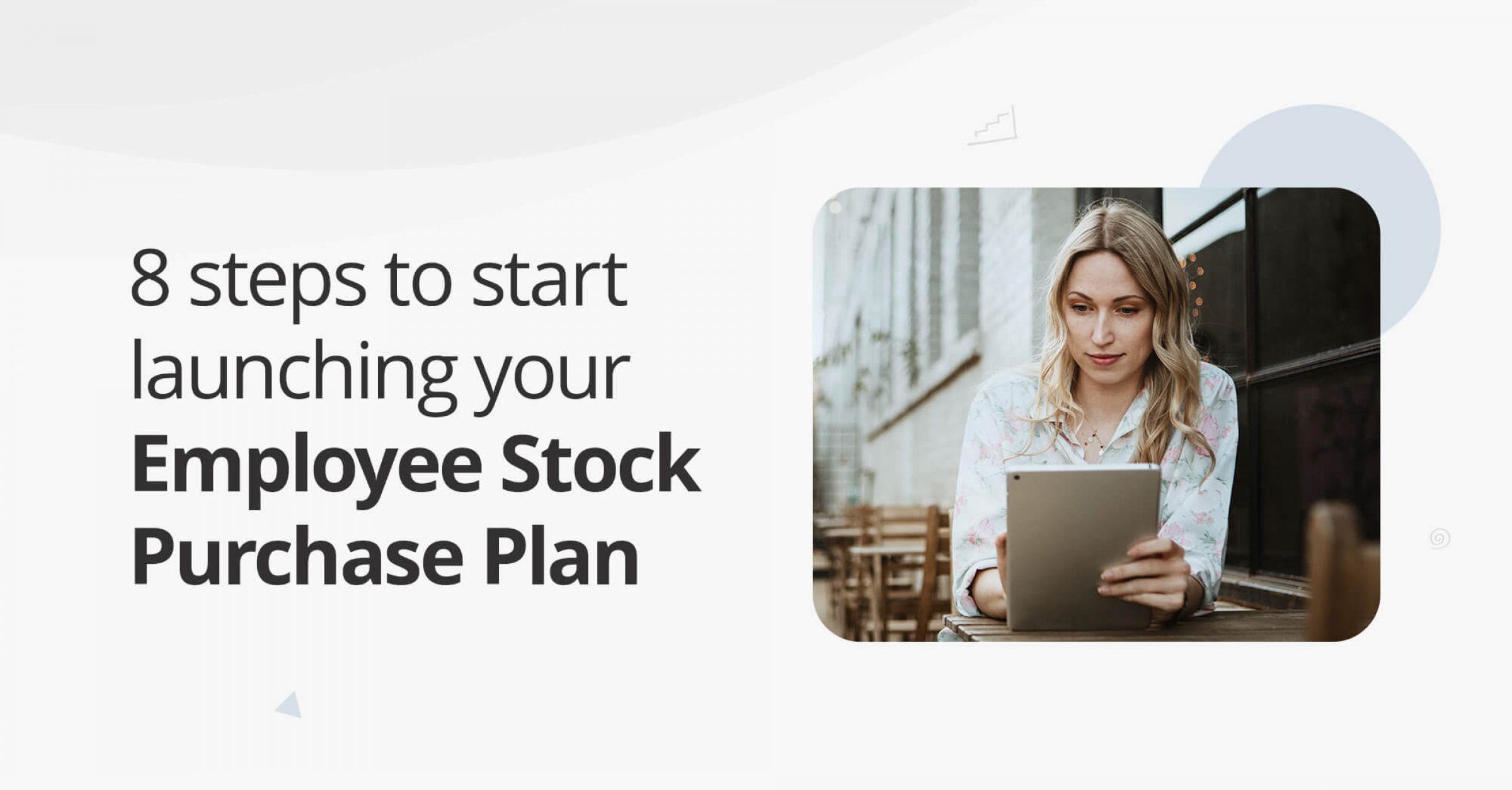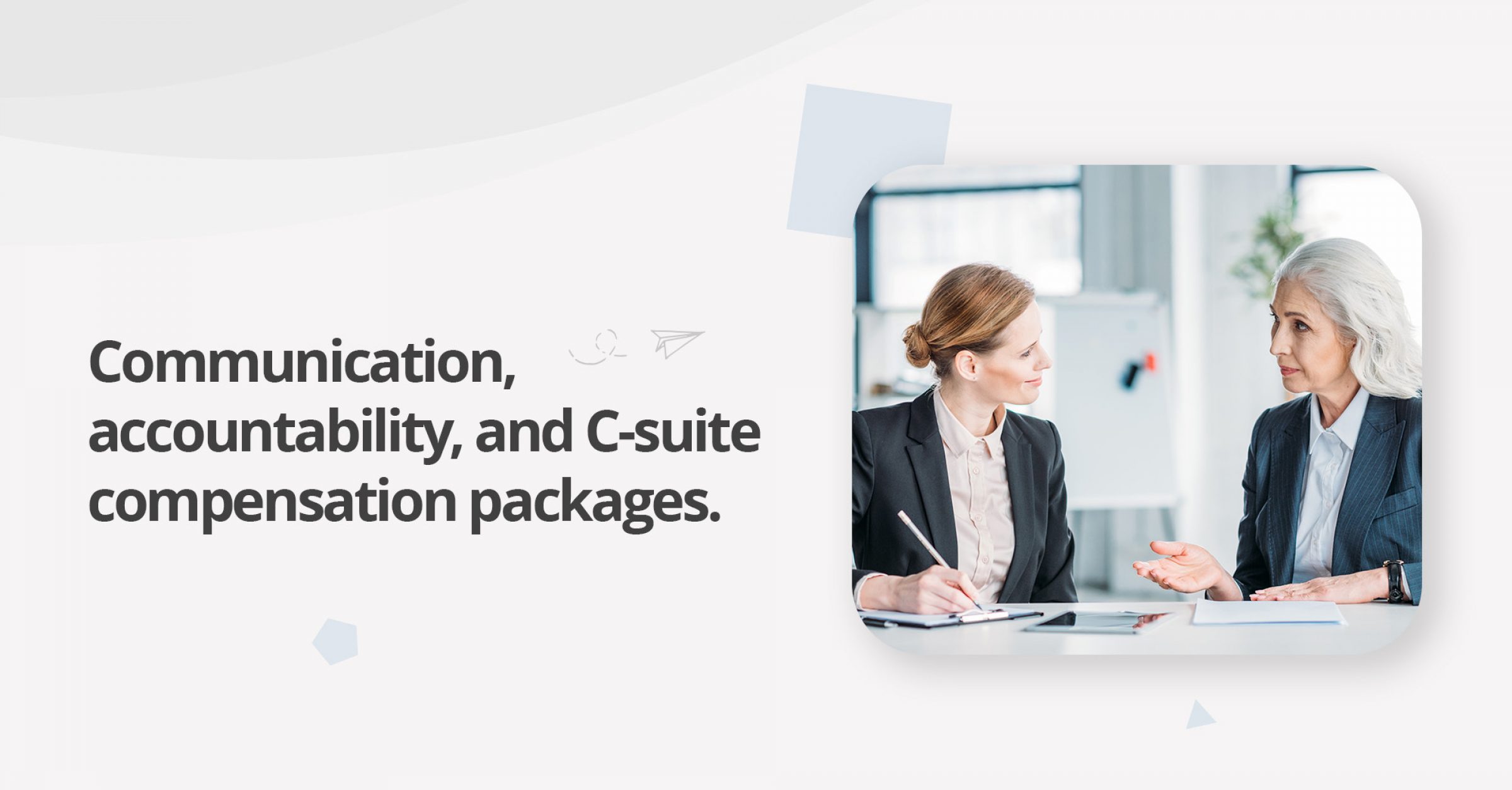If your company is about to launch its first Employee Stock Purchase Plan (ESPP), one of the key elements that could influence the success of that initiative will be an effective communications strategy.
ESPPs have the potential to be a win-win for employer and employee alike, with employees receiving the opportunity to acquire company stock at a discount and the business itself likely to benefit from an associated uptick in engagement, performance, and retention.
However, before individuals agree to sign-up to any such plan, they will need to a) understand what is being proposed and b) recognize the potential upside associated with participation. That is why your communications strategy in the lead-up to the formal launch of an ESPP is so important. How you choose to inform and educate your people on what is being proposed can have a direct bearing on whether the final participation rate will match, exceed, or fall below your expectations.
Know your audience
There is no definitive, one-size-fits-all template to follow when it comes to communicating the details of an ESPP to your people. Instead, you should be guided by an understanding of your target audience and their specific circumstances, the logic being to settle on a strategy that will work for them and you.
For example, if the bulk of your workforce are factory floor-based and don’t have work email addresses, then you might emphasize posters, peer ambassadors/champions, and on-site presentations, whereas if your people are mainly office-based, then you may opt for a strategy that includes regular email updates and online town hall-style webinars.
It is important to note that the choices you face may not be as binary as those outlined just above. The point is to highlight the need to customize your communications strategy with the profile of your employees firmly in mind.

Features of an effective communications strategy
Based on our experience, some of the typical features and flow of communications around a stock plan launch are as follows:
- Enrollment tends to open between two weeks and one month prior to the official launch date, with the internal promotional effort commencing prior to and continuing throughout the sign-up window.
- Multiple emails will be sent to eligible individuals before and during the enrollment period. First, a “coming soon”-themed mail might be sent approximately one week before enrollment commences. Once that window opens, another mail will be sent, with the plan brochure in PDF form and also an information video. A further two reminder emails are then sent – about halfway through the enrollment period and then a day or two prior to the deadline.
- With a view towards helping employees understand what is being proposed and how it can benefit them, there may also be a mini-education element included in the broader email schedule. This would see recipients receive short, explanatory material on a number of relevant questions such as: What is an ESPP? What are Matching Shares? What is vesting and how does it work? This kind of “Equity 101” information might be particularly useful if your workforce is unlikely to have much knowledge on how stock plans work prior to the launch of your own initiative.
- Information booklets are developed for circulation – print and/or digital – to detail how the plan will work and how to sign up.
- Information posters are created and typically will be placed in prominent positions in offices and plants and a digital version may also be sent by email.
- When companies operate in multiple countries, that may create a need to customize information for different jurisdictions and also to format it in multiple languages, e.g., translate written material and provide subtitles for information videos where necessary. The key objectives remain the same – to emphasize the opportunity and to educate employees, with a view towards demystifying the process.
- Webinars and/or Town Hall-style Q&A sessions are also typical features. On the latter, they can be in-person events or hosted on a video platform like Zoom. This kind of event can be held prior to or during the enrollment period. The main advantage of holding a Town Hall earlier in the process is that it can serve to generate enthusiasm and educate, whereas doing so during registration creates the possibility of employees going directly from the meeting to sign up on whatever online platform you are using to manage the plan.
J.P. Morgan Workplace Solutions as your partner
We have worked with companies around the world for many years in preparing and delivering communications strategies for the launch of employee stock plans. As such, we have built up a bank of knowledge, know-how, and experience that we put to work for the benefit of our clients every day.
Developing an effective communications strategy is no small endeavor, so it makes sense to work with a partner who knows what is required and has performed the task time and time again – we could be that partner for you.
As stated above, it will not be a one-size-fits-all. As well as customizing your approach to suit your unique set of circumstances, the point of the exercise is to create a cohesive plan specifically for your company, a strategy that synchs with your distinctive brand, i.e., it is not a matter of taking a pre-existing strategy and just sticking your logo on it.
Here at J.P. Morgan Workplace Solutions, we understand the importance of this point, as well as all other elements in the process. Contact us today to speak to our experienced personnel.
Please Note: This publication contains general information only and J.P. Morgan Workplace Solutions is not, through this article, issuing any advice, be it legal, financial, tax-related, business-related, professional or other. J.P. Morgan Workplace Solutions’ Insights is not a substitute for professional advice and should not be used as such. J.P. Morgan Workplace Solutions does not assume any liability for reliance on the information provided herein.



